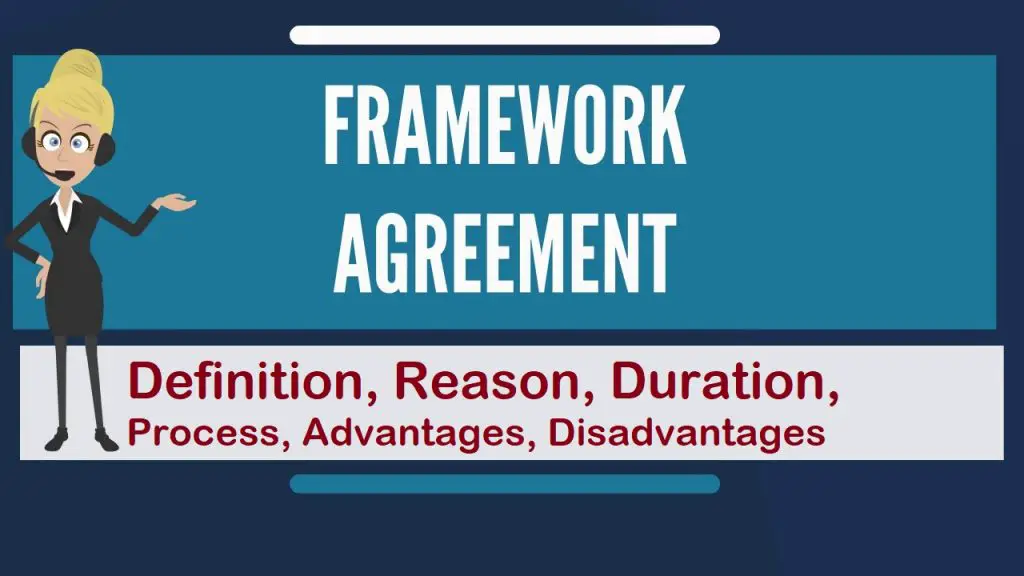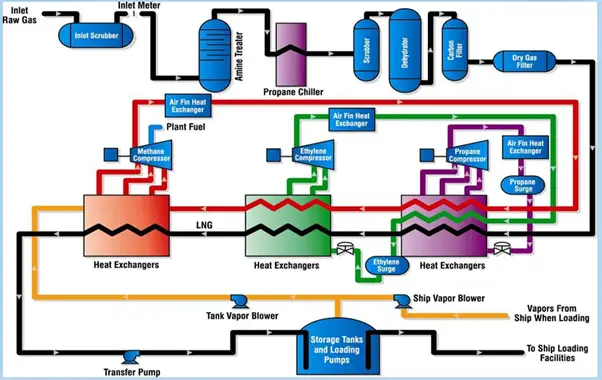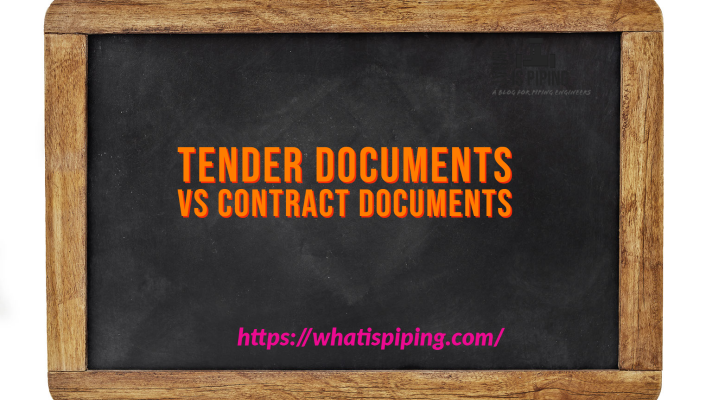A framework agreement can be defined as an agreement between two or more business organizations (contracting parties or suppliers) that recognizes the agreement on enough matters to move forward with the relationship, with more details that will be agreed to in the future. However, this is not a final agreement on all matters relevant to the relationship between them. In a framework agreement, the governing terms and conditions for any future contracts with regard to the price, service levels, quality, scope, and quantity are normally established for the duration of the agreement.
Such agreements create a long-term relationship with the parties to carry out work mutually. Setting up a framework agreement between organizations is a highly efficient way of working together. The actual tendering process and the time taken for those processes can be saved. In a framework agreement, work is normally awarded to a bidder after running a mini-competition. This reduces the time required and the complexity of those works. Framework arrangements are a very convenient mechanism used widely to establish a suitable trading relationship between organizations.
As Framework arrangements represent a ‘smarter’ way of purchasing as compared to placing ‘one-off’ orders for recurrent contracts, It is becoming more popular. A buyer simply uses the agreement and issue a separate order considering the term and conditions of the framework agreements. Framework agreements are also known as ‘trading agreements’, ‘standing offers’, ‘umbrella agreements’, or ‘blanket orders’.

Why use a framework agreement?
A framework agreement is a useful way of obtaining goods and services that are regularly or
periodically required. It allows the purchaser to aggregate the future, anticipated requirements and thereby improve the purchaser’s negotiating position based on the likely economies of scale. In addition to the savings in cost, framework agreements also save time and effort by eliminating the need to run separate competitive tendering exercises for each requirement.
In framework agreements, the client/procurer asks a large number of firms (for example 20 firms) to submit details of their ability in terms of various qualitative factors (like experience, capability, safety qualifications, cost, etc) and then selects a small number of firms (normally 2-5) tenderers, to be in that framework. All subsequent jobs are then allocated by conducting a ‘mini-tender with this small number of firms and finally awarded to the most effective bidder in terms of cost and capability.
Duration of a framework agreement
The time duration for a framework agreement depends on the buyer or the client. Normally it can vary in between 2 years to 10 years.
Advantages of a framework agreement
A framework agreement is a great way to work between organizations. All the parties under the agreement get several benefits like:
- It nourishes a long-term relationship.
- The project or work awarding process becomes simple and less time-consuming. No need for numerous proposal preparation.
- Process and contract terms are defined beforehand so it is not required to decide for each individual project or job.
- Future jobs are known beforehand so easy for planning.
- Possibility of being awarded multiple contracts.
- Competitive pricing and on-time delivery.
- Enables the use of e-procurement/portals by putting the suppliers’ offerings under the framework arrangement on a system accessible by all to use.
- A planned approach reduces administration time and costs, thus increasing profit for all parties.
- More flexibility of working.
- Less downtime between identifying a need and fulfilling it
- Potentially reduce the need for repeated requisitions and approvals to be processed.
- Eliminates the need to carry out separate procurement exercises every time.
- Good technical service with reliable quality.
However, the main rationale behind using a framework agreement is to achieve cost savings by creating economies of scale, as well as by reducing the administrative burden of issuing multiple tenders. That’s why central purchasing bodies use framework agreements as the main tool.
Disadvantages of a framework agreement
- As the Framework agreement is based on future implementation, it is full of risks and uncertainties.
- A framework agreement being a long-term contract, new potential suppliers or SME companies do not get access to offer their services. Also, Suppliers unsuccessful at the selection stage are locked out of any call-offs for the duration of the agreement.
- Bigger Contracts.
- Even after awarding the framework, still, hard work and networking are required to win specific jobs. No guarantee of business even if you’re selected as an approved supplier.
Framework agreement process
Normally, there are three steps for a framework agreement process to work effectively. Those are
1. Consideration for Framework Agreement:
The type of framework is determined by taking into consideration of the circumstances, risks, economic environment, etc. All required information is provided for example:
- A description of the purpose and scope of the arrangement
- Clearly state whether it is a contract or agreement
- Stipulate the terms and conditions that apply to each call-off
- Define the requirements – specifications, standards, Service Level Agreement (SLA)
- Identify the pricing mechanism
- Outline the call-off mechanism/procedure
- State the term or duration of the arrangement
- Identify any limitations on the use of the arrangement
- If appropriate, provide a realistic estimate of volumes
2. Establishing framework agreements
When considering how many suppliers to award a framework arrangement to it may be necessary to consider the potential geographical coverage or, for a multi-disciplinary requirement, the specific components in the scope may need to be considered and broken down, and awarded separately. Another consideration may be to allow suppliers to subcontract work, but it should be made clear that in the terms and conditions that the main supplier awarded any work shall remain totally liable for their sub-contractor’s performance.
When tendering frameworks, the tender documentation should clearly state that our intention is to establish a
framework arrangement; stating the duration of such arrangement; indicate the estimated maximum number
of suppliers; potentially identifying the estimated total value and an outline of the award criteria.
3. Monitoring framework arrangements
Frameworks agreements and contracts with suppliers need to be properly managed, through regular performance reviews with the supplier and should consider the supplier’s performance, any pre-agreed remedial actions, and continuous improvement as well as include feedback from the key business users and the suppliers themselves.
The performance should be measured in line with the agreed metrics in the terms and conditions when the agreement was first established or re-let. The definition of the metrics and management information should be clear and include all aspects that are important (e.g. delivery performance; minimum system up-time etc.) and state which party will capture the metrics. Often, the supplier is in the best position to do this.
Difference between Framework Agreements and Framework Contracts
Often, Framework agreements are mistakenly referred to as ‘contracts’. But there are distinct differences between the two. A contract is a legally binding agreement between two parties that commits them to exchange goods and/or services in return for money. Whereas, a framework agreement is a different concept. In general, this does not include a legally binding commitment on the customer to receive any of the goods/services and to make payment. Framework agreements only give the outline terms and conditions through which the customer can place one or more individual orders, only then is there a contract between the customer and the supplier. The major differences between a framework agreement and a framework contract are:
| Framework Agreement | Framework Contract |
| This is a consideration/arrangement for future contracts with stipulated terms and conditions. | This is the actual contract for a specified period. |
| Normally, money is not involved at this stage. No up-front fee payment. | Money is involved. |
| Not legally binding | Legally binding. |
| The amount of work or supply is not specified | Volume is specified. |
| The framework agreement is the main contract. | Framework contracts are each individual mini-contracts. |
Online Courses on Procurement and Framework Agreement
If you are interested to learn more about the subject then the following course will help you. Kindly click on the subject, review the course and then join to proceed with this course:








